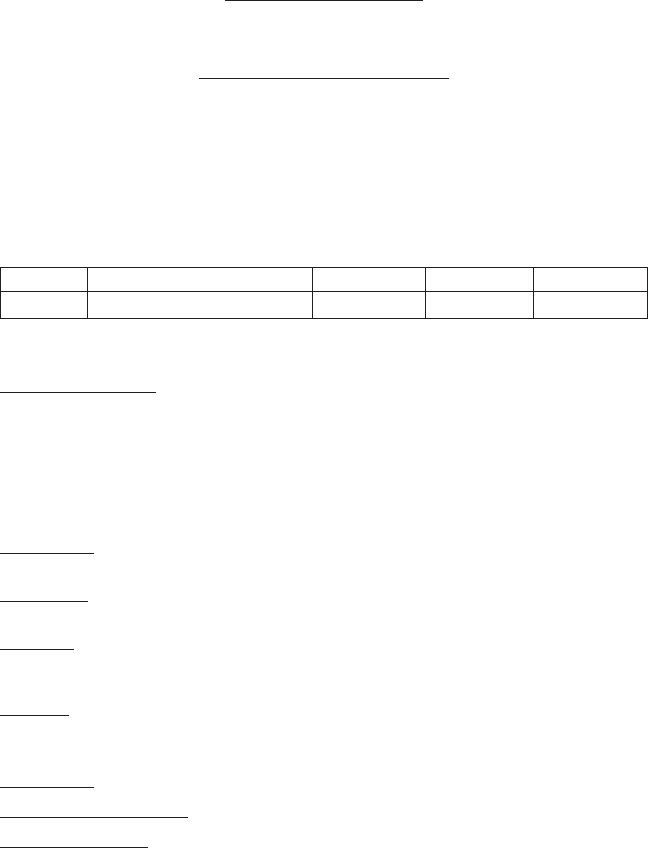
FG/FD/FT/MD/R/C-MODEL
Fire Extinguisher
MSDS No. SF002
MATERIAL SAFETY DATA SHEET
Section 1 — Company and Chemical Identification
METALCRAFT/SEA-FIRE MARINE EMERGENCY PHONE: 1-800-535-5053
9331-A PHILADELPHIA ROAD PHONE: 1-800-445-7680
BALTIMORE, MARYLAND 21237DATE: NOVEMBER 10, 2005
http://www.sea-fire.com PRODUCT NAME: Fire Extinguisher
Section 2 — Hazardous Ingredients/ Identity
C.A.S. INGREDIENT NAME OSHA PEL ACGIH TLV OSHA STEL
431890 HEPTAFLUOROPROPANE NOT ESTAB. NOT ESTAB. NOT ESTAB.
Section 3 — Hazard Identification
Emergency Overview: HEPTAFLUOROPROPANE is a colorless, odorless gas. Direct eye or
skin contact with the liquid or cold gas can cause chilling or possibly frostbite of exposed
tissues. Inhalation of high concentrations can be harmful or fatal due to oxygen deprivation
and/or heart irregularities. Fire Extinguisher cylinders are pressurized. Although unlikely, a
cylinder could be propelled and cause bodily injury and/or property damage if the valve is
broken due to improper handling or storage.
Section 4 — First Aid Measures
Skin contact: Flush with water, treat for frostbite if necessary by gently warming affected
areas. Consult a physician.
Eye contact: Immediately flush eyes with plenty of water for at least 15 minutes. Consult an
ophthalmologist.
Inhalation: Remove victim(s) to fresh air, as quickly as possible. If not breathing, qualified
personnel should administer artificial respiration. Get medical attention. If breathing is diffi-
cult, administer oxygen.
Ingestion: No first aid should be needed. Not considered a potential route of exposure.
Section 5 — Fire Fighting Measures
Flammability: Not flammable.
Conditions of flammability: Will not burn.
Extinguishing media: Use appropriate extinguishing media for surrounding fire.
Keep cylinders cool with water spray applied from a safe distance.
Section 6 — Accidental Release Measures
Evacuate the area and ventilate. Do not enter areas where high concentrations may exist
(especially confined or poorly ventilated areas) without appropriate protective equipment
including a self-contained breathing apparatus.
11
















